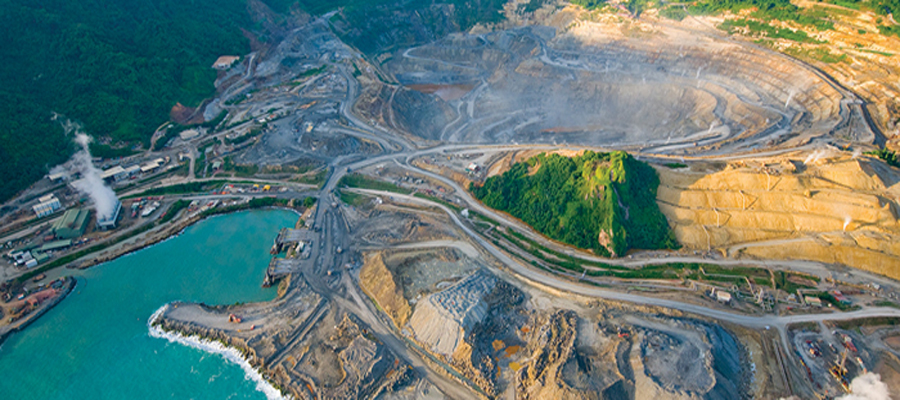Mine closure and reclamation
Leading up to MINExpo 2016, we are sharing interviews with professionals in the industry. Today Mike DeDen, VP and Director of Mining at MWH, now part of Stantec talks to us about mine closure and reclamation.
Q: In your experience, what are some of the challenges with respect to mine closure? And what are some solutions?
A: Closure and reclamation activities are greatly affected by the regulatory framework and setting in which the site is being closed. For example, in the US mine closure under the Environmental Protection Agency (EPA) Superfund program can be slow, complicated and costly whereas voluntary cleanups often streamline closure timelines leading to more cost effective solutions. Closure standards vary around the world often with differences within the same country. Similarly, water quality and soil cleanup standards can vary widely with some regional governments requiring cleanup levels more protective than nationally established standards.
Stop by Stantec’s MINExpo booth #4723 and join us in celebrating our recent acquisition of MWH
For active mine sites it is absolutely imperative to have a closure vision before so that accurate closure plans can be developed and updated through the mine’s life. Concurrent and/or progressive mine closure spreads costs out over time instead of deferring all of these costs to the end when there is no income. Early and continuous community and stakeholder engagement can often result in more efficient closure alternatives that still address closure expectations and stakeholder interests.
Another issue mining companies face is the development of cost provisions for mine closure and reclamation. These are important because changes affect a company’s (publicly reported) results and their total reported liabilities. In my experience every mining company calculates these costs a bit differently. For example, cost anomalies result from different discount rates being applied to calculations and from disparities in how perpetuity is treated from an accounting perspective. All of these can result in wide variances in costs estimates for closure of a particular mine or a portfolio of mines.
Good governance and a standard approach to mine closure planning and execution will lead to more consistent reporting of cost provisions. Today, most major mining companies have audit teams that conduct both desktop studies and site visits to make sure consistent practices are being applied.
As the state-of-practice advances, I anticipate increasingly sophisticated tools will be developed and employed to more accurately and efficiently manage closure portfolios.
Q: Do you see any evolving closure and reclamation trends in the industry?
A: I have noticed an increase in the use of innovative and sustainable solutions in recent closure designs. This appears to be driven both by corporate governance and the desire to advance the state of the practice of mine closure. Recent innovative and sustainable closure designs are looking at how to automate remediation systems; incorporate reduced fuel and power consumption into closure designs, and produce recoverable bi-products from waste streams. Combined with innovative land re-use and closed mine redevelopment options, innovative approaches like these are improving performance and opening a world of opportunity!
Mike DeDen is VP and Director of Mining at MWH, now part of Stantec. He began his career nearly 30 years ago as a project hydrogeologist on a large mine tailing Superfund site. Since then he has been involved in several high profile mine closure projects nearly all of which have required extensive interaction and negotiations with regulators and numerous other stakeholders. He has a strong working knowledge of the local, regional and national challenges driving mine closure and reclamation in the US, Australia and Latin America.
Stay tuned for another interview from Stantec. To learn more about Stantec’s specialty services at every stage, click here.
{{ commodity.name }}
{{ post.title }}
{{ post.date }}


Comments